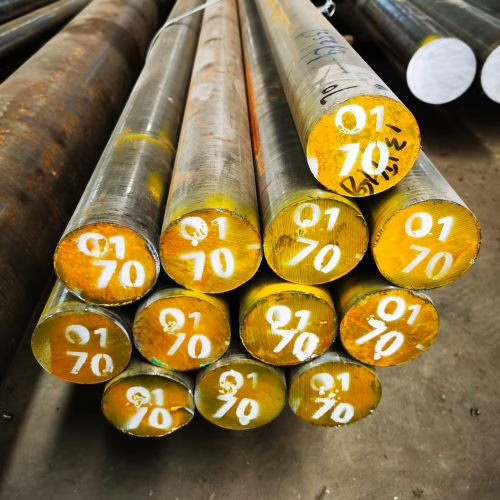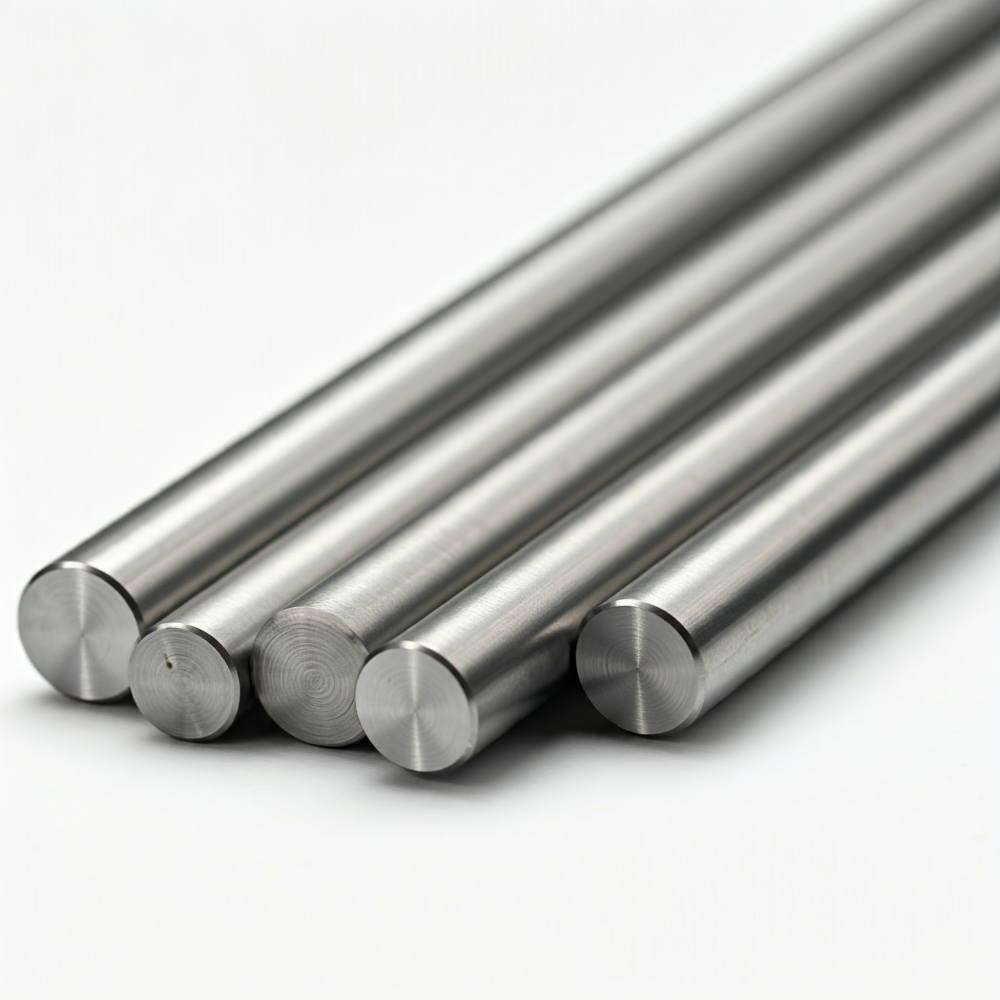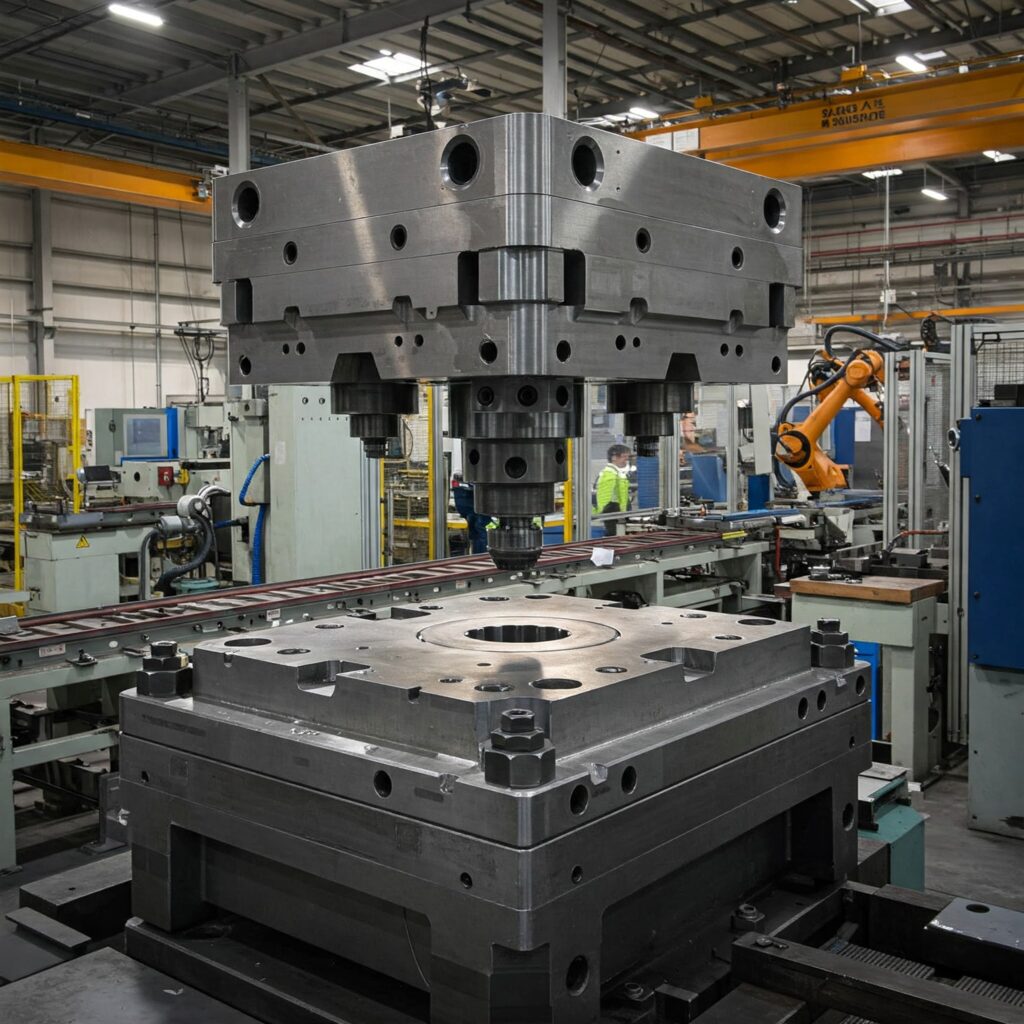The Short Answer: Yes, O1 tool steel is a very capable material for many types of knives. It excels in providing high hardness, excellent edge retention, and good toughness, making it a reliable workhorse. It’s also relatively easy to work with and cost-effective. The main consideration is its lower corrosion resistance compared to stainless steels; O1 knives require proper care to prevent rust.

Understanding O1 Tool Steel
O1 is a classic oil-hardening cold-work tool steel, widely recognized and utilized in the industry. Its popularity stems from a balanced set of properties that are highly desirable for cutting tools. At Aobo Steel, we often work with O1 and appreciate its straightforward nature.
Key Properties for Knife Performance
When evaluating steel for knives, several characteristics are crucial. Here’s how O1 stacks up:
Hardness and Edge Retention
Thanks to its high carbon content, O1 can achieve significant hardness levels through proper heat treatment, typically reaching 60-63 HRC after oil quenching and appropriate tempering. This high hardness is fundamental for a knife’s ability to take and hold a sharp edge during use. Good edge retention means less frequent sharpening.
Wear Resistance
The carbon and the resulting carbides within the O1 structure contribute to good wear resistance. This means the blade edge resists abrasion and dulling, extending the knife’s useful life between sharpenings, especially in demanding cutting tasks.
Toughness
While not the absolute toughest steel available, O1 offers sufficient toughness for many knife applications. It provides a good balance, resisting chipping or breaking under the stresses encountered during cutting. This reliability is essential for a functional tool.
Machinability
In its annealed (softened) state, O1 is known for good machinability. This makes the process of shaping, grinding, and finishing the blade more efficient during manufacturing compared to some more complex alloy steels.
Dimensional Stability in Hardening
Being an oil-hardening steel is a distinct advantage. The oil quench is less severe than a water quench, reducing the risk of distortion or cracking during the critical hardening process. O1 exhibits predictable, minimal size changes, which helps maintain precise blade geometry.
Cost-Effectiveness
Compared to many highly alloyed tool steels or specialized stainless steels, O1 is generally a more economical option. This makes it an attractive choice for producing high-performance knives without excessive material costs.
Common Applications
O1 isn’t just theoretical; it has been proven in application. It’s commonly used for various cutting tools, including woodworking knives, punches, and general-purpose dies where a keen, durable edge is needed.
How O1 Compares to Other Knife Steels
It’s helpful to see where O1 fits relative to other options:
vs. Water-Hardening Steels (like W1)
Simple carbon steels, such as W1, can potentially achieve incredibly sharp edges, making them favored for some specialized cutlery. However, they require a more aggressive water quench, increasing risks during heat treatment. O1’s oil hardening offers a safer, more stable process.
vs. Stainless Steels (like 440C, AEB-L)
The primary advantage of martensitic stainless steels is their chromium content, providing significant corrosion resistance. This is vital for kitchen knives or tools frequently exposed to moisture. O1 lacks this high chromium level and will rust if not maintained (kept clean and oiled).
vs. High-Speed Steels (like M2, T1)
HSS grades are designed for industrial cutting tools that operate at high speeds and temperatures, such as drills and milling cutters. While tough and wear-resistant, their properties are optimized differently, and they aren’t typically the first choice for general-purpose hand knives compared to O1 or stainless options.
The Verdict on O1 for Knives
O1 tool steel remains an excellent and popular choice for knife blades, particularly when top priorities include:
- High attainable hardness
- Excellent edge holding
- Reliable toughness
- Ease of sharpening
- Good machinability
- Cost-effectiveness
Its main drawback is the need for maintenance to prevent corrosion. For applications where rust resistance isn’t the primary concern, or where users understand the need for proper care (like many bushcraft, workshop, or hunting knives), O1 delivers outstanding performance for its price point.
Need High-Quality O1 Tool Steel? Trust Aobo Steel!
With over 20 years of forging expertise and 40+ stable suppliers, Aobo Steel is your reliable partner for O1 tool steel. We have in-depth knowledge of O1 steel’s properties and applications, offering customized solutions and competitive pricing.
Ready to discuss your O1 steel requirements?
Fill out the form below for a quick quote and expert consultation.


